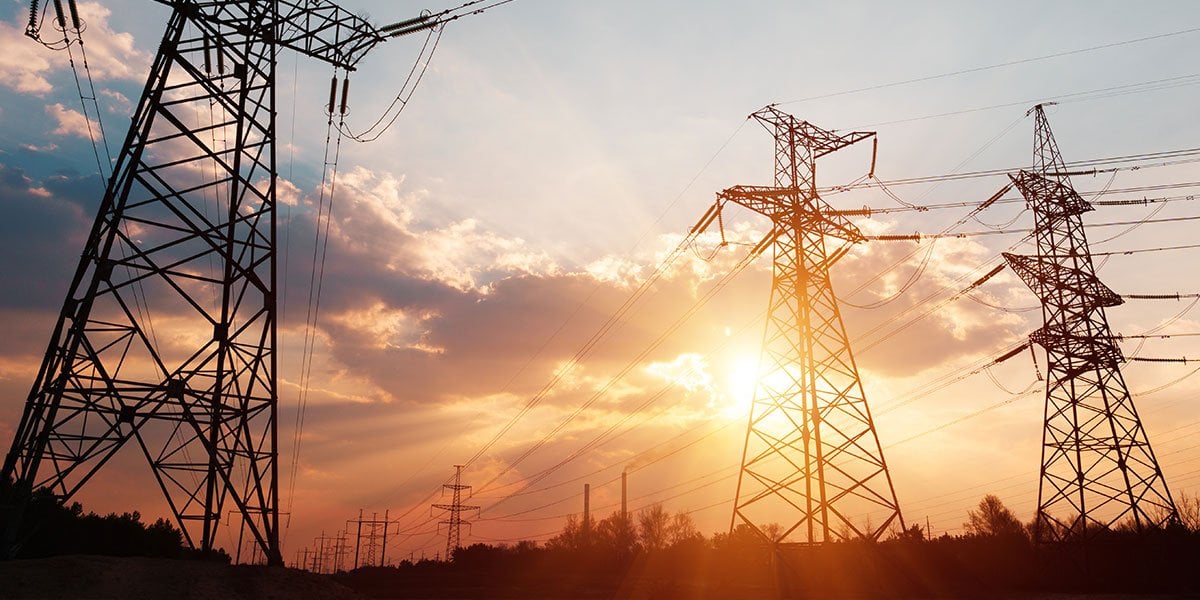As energy prices hit record highs in September 2021, the industry is also recorded the highest-ever number of supplier failures.
And while the seven suppliers that have gone bust in the past two months (as of 23 September) served around 1.5 million mostly domestic customers, the impact will be felt by all energy consumers – including businesses.
Here’s why…
Sharing the cost of market failures
Thanks to safeguards created by Ofgem, customers of failed suppliers will automatically be transferred over to new suppliers, with no interruption in service.
However, these customer transfers incur a cost to the new suppliers – to honour credit balances, on board customer accounts and – particularly prominent at present – to purchase sufficient energy volume to meet the extra demand, at a time when energy costs are so high.
But with the domestic tariff caps imposed by Ofgem, higher market rates cannot be reflected in the commodity element on domestic bills (hence why so many suppliers have gone bust).
And it’s these costs, as well as a raft of unpaid industry charges, that will be passed on to all consumers, including business customers, in the form of higher non-commodity charges.
Non-commodity charges to rise
Firstly, the costs to transfer over customers to new suppliers are recouped by making claims for ‘Last Resort Supplier Payments’.
Once approved by Ofgem, these are then added to non-commodity charges on consumer bills as follows:
- Distribution Use of System (DUoS) charges for electricity – but only for domestic customers (as the lion’s share of the suppliers going bust serve domestic customers). These will be in the region of an extra £7 per year per household from next April for the 2022/23 year.
- Local Distribution Zone (LDZ) charges for gas – all customers (both domestic and business) will pay an extra £0.6/MWh approximately from next April for the 2022/23 year.
Since so many suppliers have gone bust and the value of these claims is looking pretty sizeable, the government is currently looking at different ways to finance these costs, so the charges and the timescales for claiming them may change.
Picking up the tab for unpaid bills
When it comes to unpaid industry charges from failing suppliers, the biggest shortfall is with the Renewables Obligation (RO).
About £300m of RO costs for April 2020 to March 2021 year remain unpaid, although some suppliers may pay before the late payment deadline in October.
Any remaining outstanding amounts will be recouped by increasing the share that other consumers pay in a process called mutualisation. And we are looking in the region of an extra £0.2/MWh for both business and domestic customers.
As previously reported, Ofgem is currently consulting on changes to make RO payments quarterly rather than annually, specifically to reduce the impact of RO mutualisation.
Ofgem also recently increased the RO mutualisation trigger from £16.7m to £63.1m (from 21/22 onwards) to better share RO cost risk between suppliers and generators. However, it seems unlikely this will make any difference as there is already £50m of unpaid RO for 21/22.
In addition to higher RO costs, there will also be an uplift in Feed-in Tariff (FiT) and Capacity Market (CM) charges, but the share of these will be much smaller.
The higher cost of system balancing
On top of higher DUoS, LDZ and RO costs, there are further cost rises to come – due to the need to boost the current supply uncertainties to meet demand. This falls under National Grid’s balancing services – or the Balancing Services Use of System (BSUoS) non-commodity charge.
The current high cost of power means balancing services are being priced higher to reflect market conditions. For example, earlier this month National Grid spent £86m in just one week (up to £4k per MWh) to pay the UK’s last remaining coal-fired power stations to produce energy.
As a result, we are looking at an uplift in BSUoS costs of around £3/MWh from this winter onwards.
However, on the upside, the current situation is also reducing Contracts for Difference (CfD) charges. This is because the ‘top up’ subsidy paid to renewable generators to guarantee a minimum £/MWh fee is far reduced due to high wholesale prices. So CfD charges are likely to fall by at least £4/MWh, with some periods this winter being a benefit rather than a cost!
Action for business consumers
If you’re on a fixed contract with both the commodity and non-commodity elements agreed upfront, then you’re insulated from these worries for now. But don’t leave renewing your contract to the last minute.
If, like many large consumers, you are on a flexible contract, then read our recent blog to see what we recommend when it comes to managing any outstanding commodity volume over the upcoming Winter period. We cannot emphasise enough, you need to take action.
As for the non-commodity charges, there’s not a lot you can do to reduce the additional costs coming your way. But there are steps you can take to mitigate future charges if you can prepare to be flexible around the times you consume.
Talk to your Client Lead or Account Manager to find out more. Or email us info@npowerbusinesssolutions.com.

